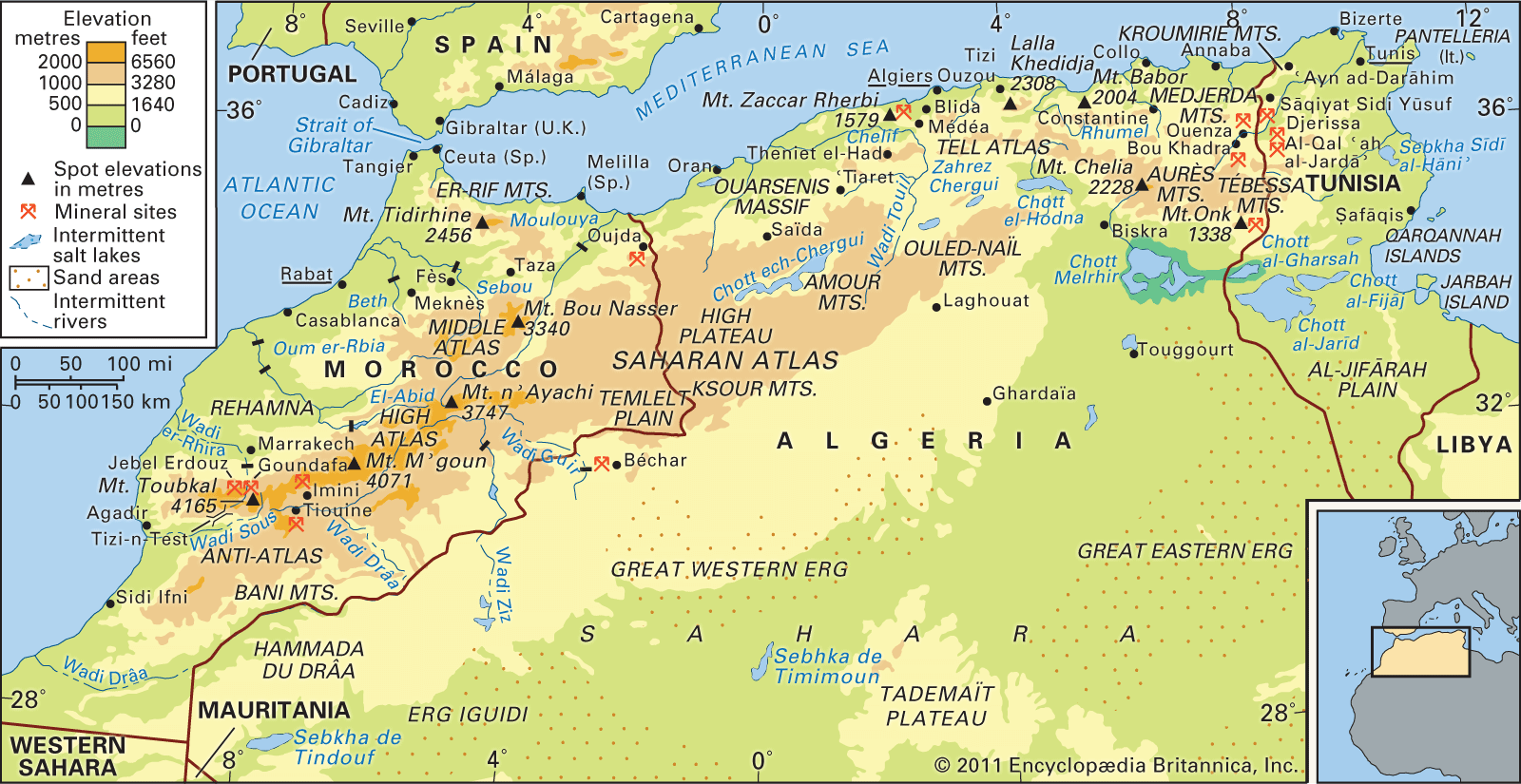Episode 26: Atlas, Man or Mountain?
For a transcript of the episode, see here.
In this episode, we explore the myth of Atlas, the son of the Titan Iapetos, who was famously punished with holding the heavens on his shoulders. We treat the early myth, his connections with the mountain of the same name, the myths involving Heracles and Perseus, and some of the afterlife of the mythical Atlas. If you are a fan of the TV shows 30 Rock or the Today Show, you have already seen Atlas, whose statue graces Rockefeller Center in NYC:
An Art Deco Atlas holding up the heavens: you can make out the zodiac signs on the edges and the wave of the Atlantic Ocean around his thigh. Artists Lee Lawrie and Rene Paul Chambellan. It was installed in 1937. (Wikipedia: CC BY-SA 4.0)
Atlas has for a long time been associated with NYC. A famous statue of Atlas graced Curleys’s Atlas Hotel in Queens—the inspiration for bodybuilder Angelo Siciliano’s name change to Charles Atlas (on his life, see here). I could only find a few images on a postcard from an Ebay auction, so I hope the seller doesn’t mind and made a pretty penny on it.
Atlas was involved in a tremendous number of myths (his many daughters were very important in the Greek mythological system), including that of Heracles, who had to ask for Atlas’ help in getting the Apples of the Hesperides. Famously, Heracles—a mere mortal—held up the sky while Atlas went to get them. Here is a famous image of that from the famous Temple of Zeus in Olympia (yes, where the ancient Olympics took place). Note that the goddess Athena is helping Heracles hold up the heavens. Atlas is on the right.
One of my favorite statues from the ancient world is the so-called Farnese Hercules, originally located in the Baths of Caracalla in Rome but now in the Naples Archaeological Museum. It is a fabulous statue: note that a hyper-musculuar Heracles looks tired, resting heavily on his club and lion’s skin. As you approach the statue, you’re invited to think about why Heracles is so dog-gone tired.
Farnese Heracles in the Naples Archaeological Museum
It’s only when you walk around the back of the statue (that his arm is held behind him invites you to do so) that you realize why. In his hands are the Apples of the Hesperides, and this implies that he had just held up the heavens—hence his exhaustion.
The most famous statue from antiquity is the so-called “Farnese Atlas,” a second-century AD marble statue which may have originally been part of the library complex of Trajan’s Forum in Rome, but is now housed at the Naples Archaeological Museum. (If you want to know more about the “collecting” by Cardinal Alessandro Farnese (=Pope Paul III), see here). At any rate, this statue is remarkable in that it probably reflects a much earlier representation of the heavenly constellations established by the Hellenistic scientist Hipparchos (2nd c. BC). The discovery and careful study by Bradley Schaefer of LSU can be found here, and more user-friendly press release here.
This statue stands at a long end of a tradition that begins with Atlas being a giant holding up the sky as punishment and morphs into a version where Atlas is not a giant but simply an astronomer who used a tall mountain (Atlas) to better observe the stars. Here, we see that the figure is both toiling under the weight but also providing an early look at astronomical science.
As we learn in the episode, there are other versions where Atlas is but a shepherd with a fancy tree that produces golden apples (mela), or a nifty flock of sheep (mela) with golden or ruddy fleeces, but in most of these versions Atlas ends up being metamorphoses into a mountain in northwest Africa that takes on his name. Ovid’s version is most famous, but we cannot help adding the poet Vergil’s description from Aeneid, book 4, where Mercury sets off to visit Carthage but first stops at Mt. Atlas. Vergil’s description seems to presuppose the myth where Atlas was once of human form—note how he describes the mountain in human terms:
[Mercury] drove the winds, and flew through
the stormy clouds. Now in his flight he saw the steep flanks
and the summit of strong Atlas, who holds the heavens
on his head, Atlas, whose pine-covered crown is always wreathed
in dark clouds and lashed by the wind and rain:
fallen snow clothes his shoulders: while rivers fall
from his ancient chin, and his rough beard bristles with ice.
Atlas has had great influence on the modern world, not least through the application of that name to the collection of maps called today “Atlas.” Here’s an image of the frontispiece of the first “Atlas” of the geographer Gerardus Mercator (1595):
And, of course, the names we use for the mountain and the ocean come from this ancient figure:
Credits
Written and Narrated: Professor R. Scott Smith
Voice Acting: Raina Burke
Original Art: Beatrice Mattison (see below)
Music: Brooklyn Tea, Jared Sims










